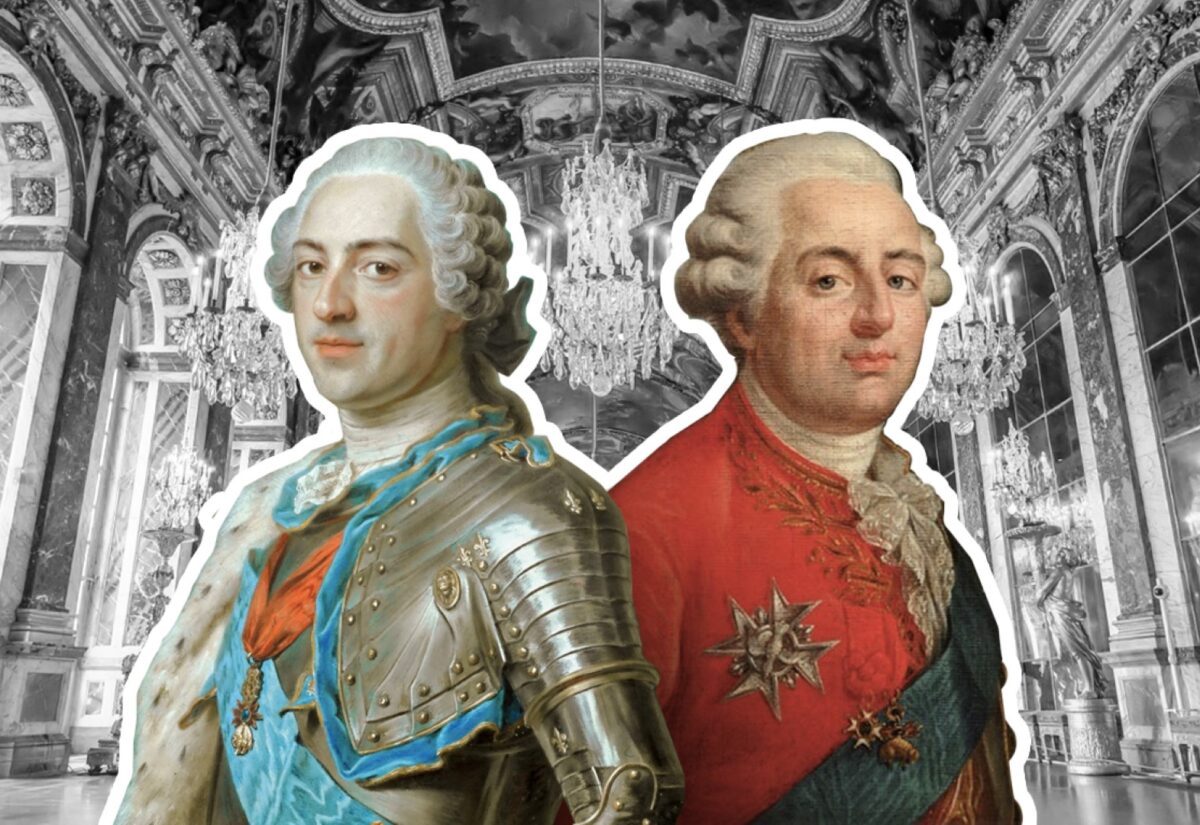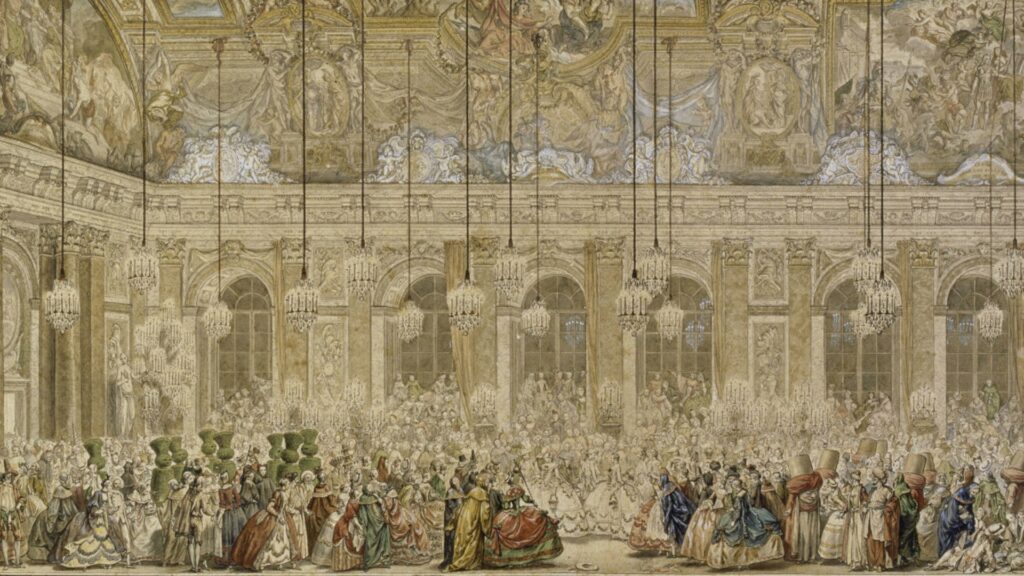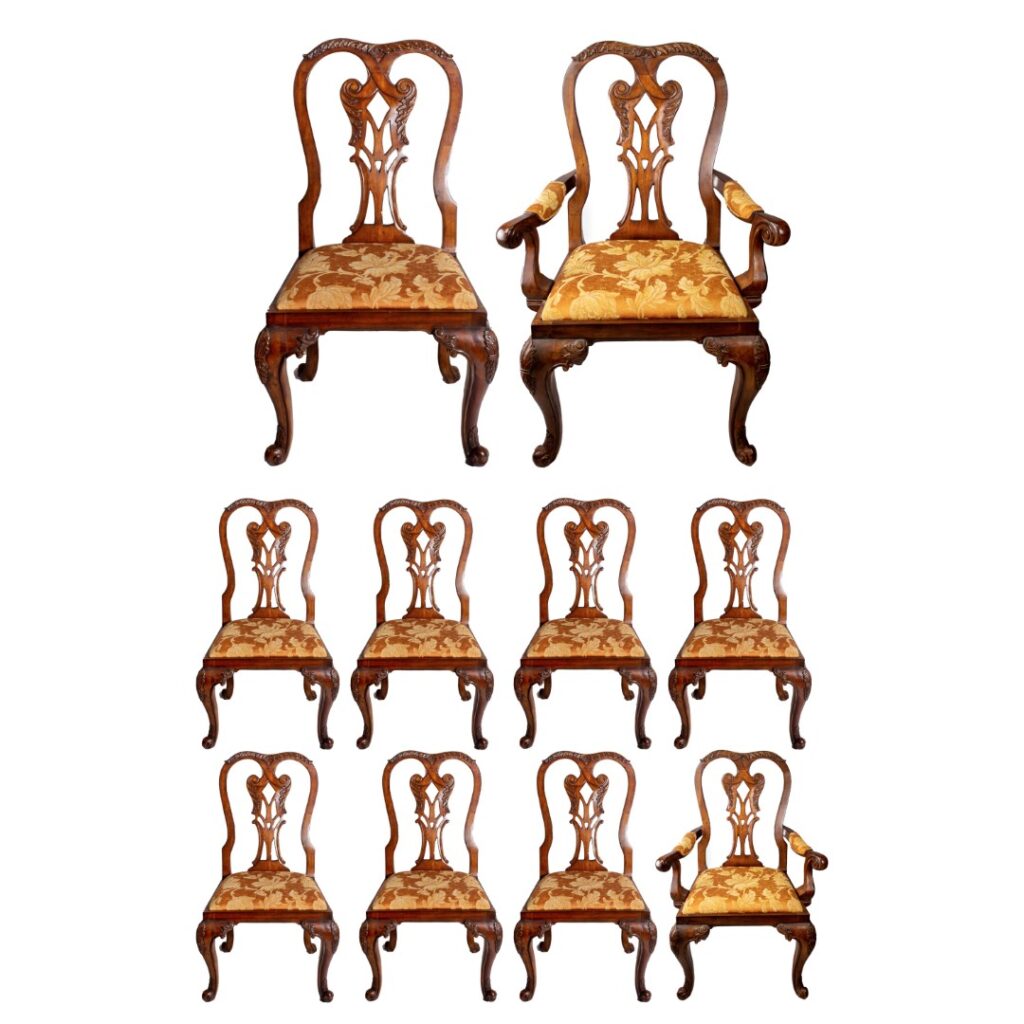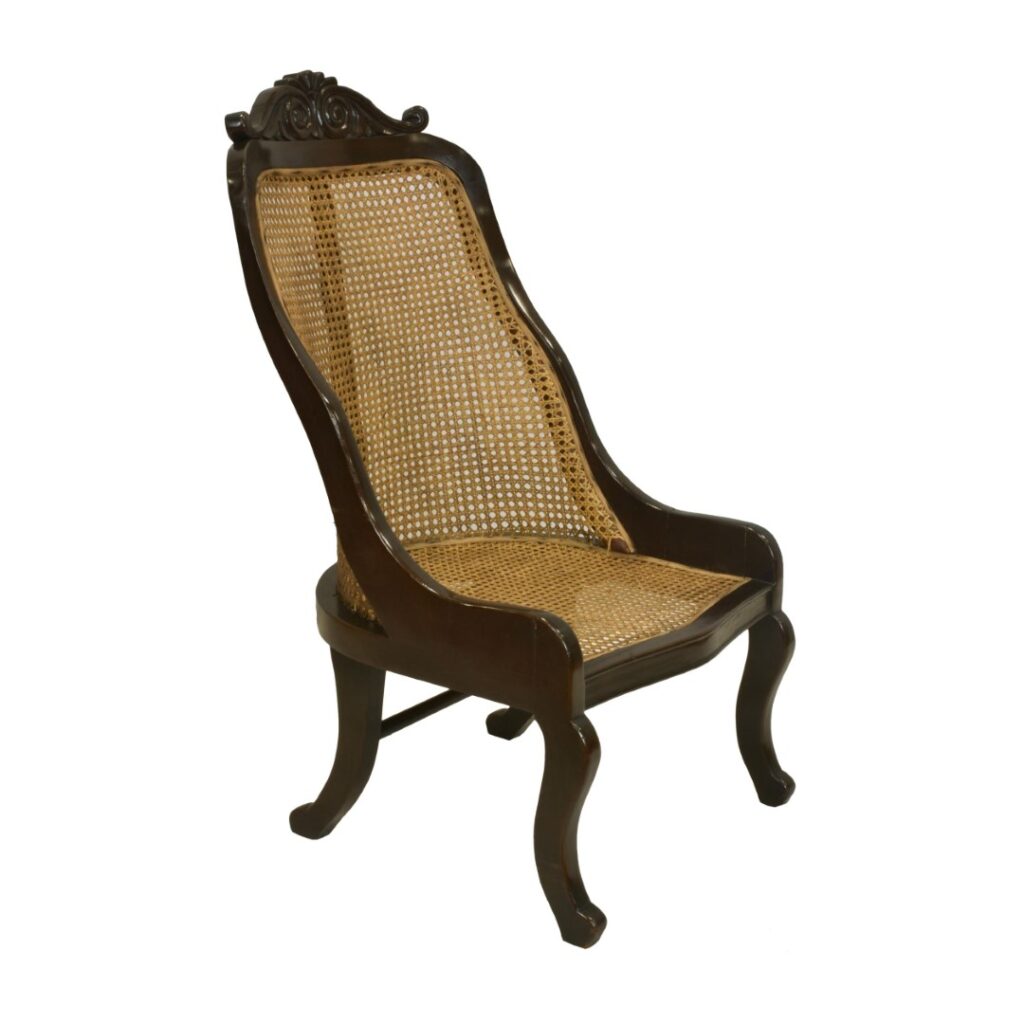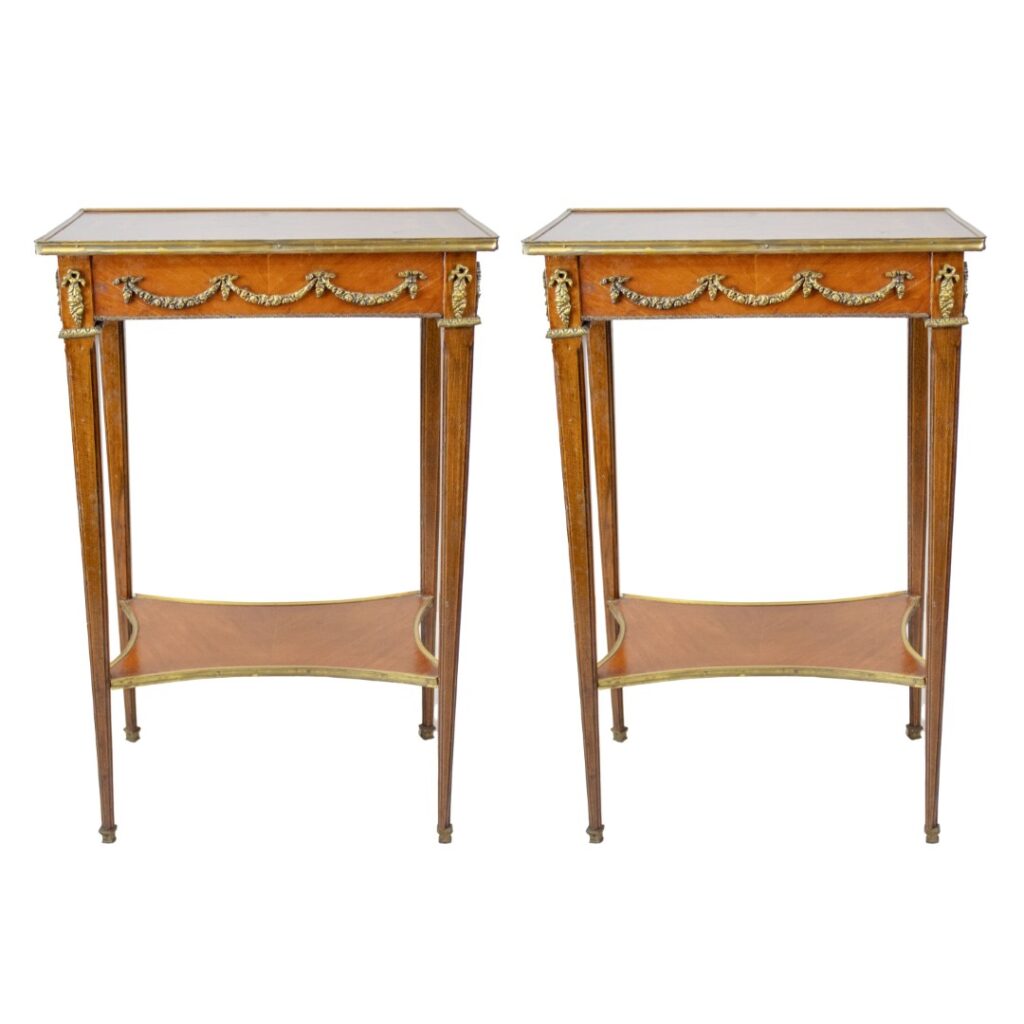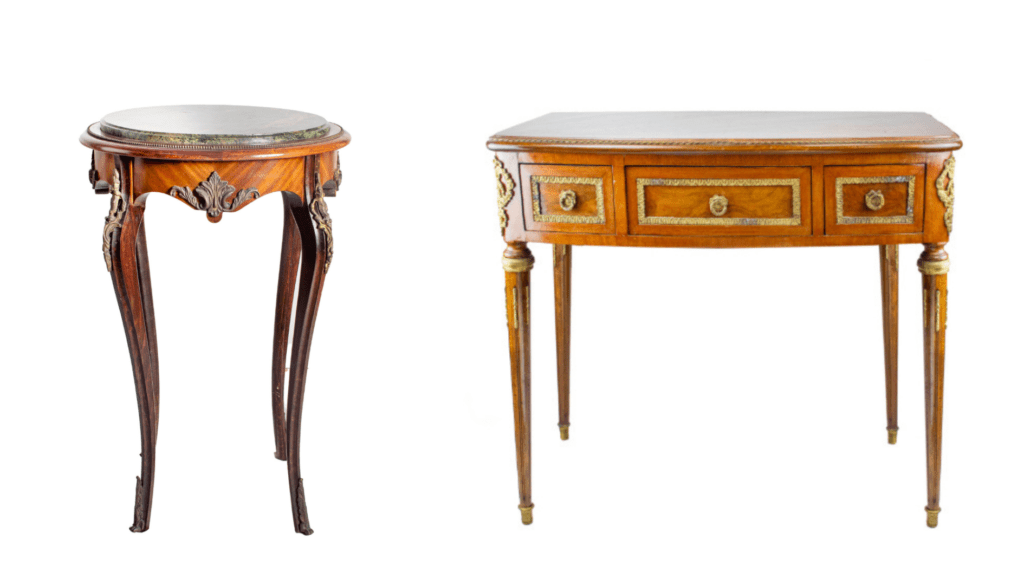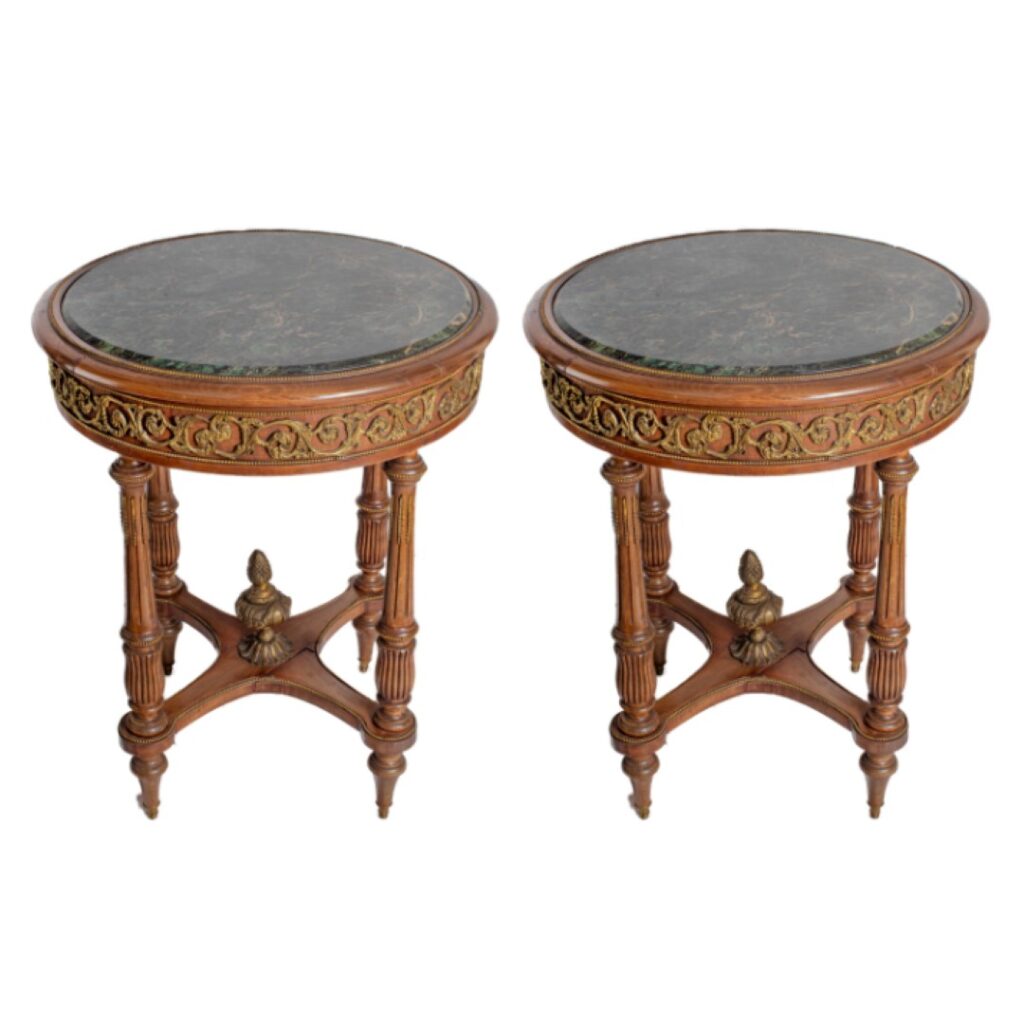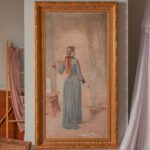In the late 1700’s, the French monarchy was not exactly known for subtlety. Their taste for design leaned heavily towards the grand and the opulent, this was especially so when it came to furniture.
With a sprawling estate as grand as the Palace of Versailles serving as the monarchy’s place of residence, luxury was the name of the game. Kings, queens, and their heirs— who were (almost literally) born with a silver spoon in their mouths, lived unimaginably sumptuous lifestyles— a far cry from the everyday life of a typical working man at the time.
In a sense, these heads of state were society’s very first influencers. In an age way before social media, or electricity and modern plumbing for that matter, monarchs were the prime judges of taste and style— they were France’s original trend setters, style pegs, and fashion trailblazers.
It was their eye for art & design that dominated the social scene and defined the aesthetics of the time period. So much so that a shift in styles indicated the end of one monarch’s reign, and the beginning of another.
The Fab (and Infamous) Four
For the “Fab Four,” a term used to refer to Kings Louis XII, Louis XIV, Louis XV, and the notorious Louis XVI, the more interesting of changes happened between the reigns of France’s two final kings.
Beginning with the reign of Louis XII and lasting up until Louis XV’s ascent to the throne, the designs of furniture became increasingly more opulent and ornate. These were certainly not your run of the mill home goods. They were created primarily to portray the wealth and power of the crown, souse and functionality came second.
However, once Louis XVI stepped into power, this trend of seemingly ever-growing excess ground to a halt. He unintentionally ushered in a refreshing change to the established norm, at least as far as furniture goes (his politics did lead to the entire monarchy’s collapse after all). As French art critic Charles-Nicolas Cochin put it— “Don’t torture without reason those things which could be straight, and come back to the good sense which is the beginning of good taste.”
From excessive to minimalist: The curious case of Marie Antoniette’s taste in furniture
To clearly understand the noticeable shift in aesthetics between Louis XV and Louis XVI, we must begin with the former.
Like his predecessors, Louis XV continued to subscribe to the aesthetics of French Rococo furniture which was characterized by its exaggerated curves and elaborate designs.
Rococo style was rooted in theatricality and ornamentation – the aesthetic that, up until Louis XV’s reign, was closely tied to the monarchy. This specific look is perhaps still the one that first comes to mind when you try to picture the Palace of Versailles in the 1700s! Several centuries have gone by and yet the affinity for French Rococo remains.
Given the political context of the society Louis XVI found himself in, one wouldn’t exactly use the word radical to describe him. In fact, he was the exact opposite. But, that same word, ‘radical,’ can definitely be used to describe his wife, Marie Antoinette’s preference for furniture.
Louis XVI style furniture, also referred to as Louis Seize style (quite an ironic term if you ask us, considering that many of these pieces were literally seized before and after his execution), followed as an immediate reaction to the French Rococo aesthetic that dominated the late Baroque period in France.
During his short reign as regent, there was a noticeable return to the classical shapes and silhouettes that were said to be inspired by Greco-Roman architecture, paintings, and sculptures. It would seem as if Marie Antoniette, who had already grown notorious for her extravagance, much preferred a clean and minimalist design when it came to furniture.
Overtime, Rococo’s curved edges were slowly replaced with clean, geometric lines. The intricate details carved into the furniture no longer revolved around opulence— instead, the designs were meant to echo nature.
Despite the fact that Louis XVI and Marie Antoniette’s frivolous lifestyle contributed to their downfall, their furniture was a refreshing return to the clean and elegant lines of ancient Greco-Roman culture.
Only one thing is certain— the monarchy may not have endured, but without a doubt, their style lives on.
